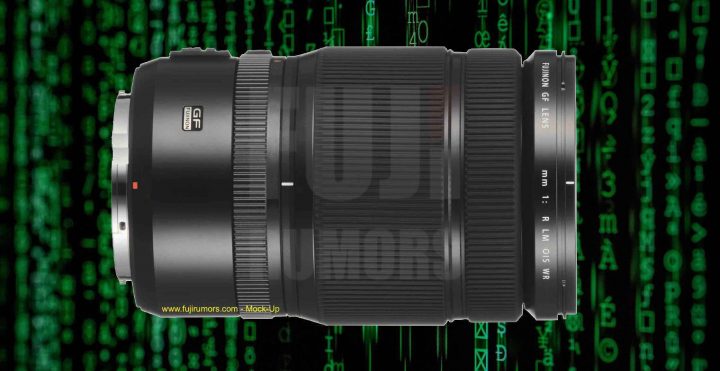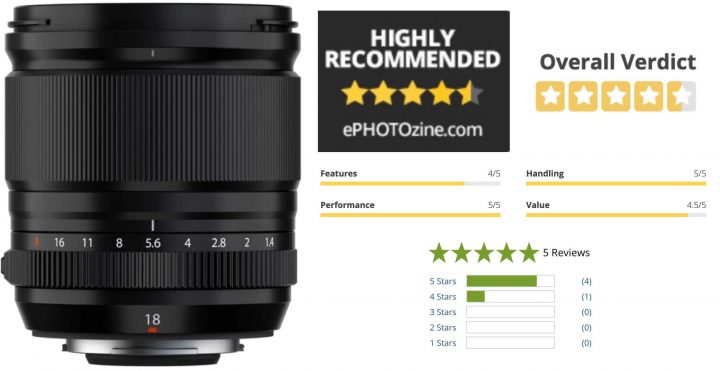Capture One 21 Limited Time Savings
BHphoto is offering the following deals on Capture One 21.
- Capture One 21 (all cameras): save $100 plus $25 gift card
- Capture One 21 (for Fujifilm): save $50 plus $25 gift card
BHphoto is offering the following deals on Capture One 21.
Fujifilm film simulations are more than just cool names for camera profiles.
Film simulations are the art of the colors that Fujifilm cultivates since decades, so far that the guy, who developed the original Fujifilm film stock already 50 years ago, still works at Fujifilm and is now in charge of crafting the film simulations.
So, colors are a serious thing for Fujifilm and you can see what you can do with them over at our Fujifilm film simulation group.
Now DPRTV published a video, where they go over what they consider the 5 best Fujifilm film simulations.
For Video:
Where I don’t agree, is when they say ASTIA is boring. In fact, it is actually one of my top favorite film simulation, because it gives me a great balance between pleasing skin tones and vivid, but not oversaturated colors. I use ASTIA almost always when I take landscape images with people in the frame. I find it gives me the best results, better than Velvia, which is not great for skin tones.
More film simulations talk:
A few weeks ago, 7Artisans announced the new 7artisans 55mm F1.4 II and 7Artisans 60mm F2.8 II (a refresh of their very popular 7Artisans 55mmF1.4 and 7Artisans 60mm F2.8)
Now you can find the 7Artisans 55mm f/1.4 available at AmazonUS here and AmazonUK here and the first 7Artisans 60mmF2.8 II samples for various mounts available for pre-order at BHphoto and listed at AmazonUS here.

I once read a sentence of a buddhist monk, who said: “the too pure water does not contain any fish“.
Obviously the monk was referring to life, which can’t be lived fully if we pretend to live it in perfection and purity. If lived fully, then life is going to get “dirty” or “not perfect” sometimes.
So what has this to do with photography?
→ Exclusive Group for GFX Lovers
Well, let’s apply this wisdom to a much more profane subject: camera gear. And let’s say “the too perfect system does not contain customers.” And “customers” are what keeps a system alive.
And now to the point of this article.
In the ZP productions video we recently shared, ZP says that when Fujifilm launched the GFX system a few years ago, it had sheer perfect lenses. But he noticed that with the latest lens releases (GF80mmF1.7), Fujifilm traded in a bit of that perfection to release less perfect, smaller and more affordable lens.
He compares the GF110mmF2 to the GF80mmF1.7, the first one being expressions of Fuji’s perfection, the second one, while still being excellent and he actually totally loves to shoot with it, just not being just as perfect as the GF110mmF2.
Now, I get the point that ZP makes, but I can’t share his worry that Fujifilm is giving up on perfection.
In fact, I believe that so far the real anomaly in the GF lens lineup was that Fujifilm focused solely on perfection!
But if the GFX systems wants to survive, then it needs to offer a bit of everything, the absolutely perfect lenses, but also smaller, lighter and more affordable lenses. It’s this balance that will guarantee the success to Fujifilm and what will bring more and more new customers to the GFX system.
I am totally convinced that the upcoming $500 GF zoom lens (kit price) is a brilliant move!
Small, light, slower, affordable, but perfect for casual shooting and travel photography, while probably retaining the 102+MP resolving power.
The $500 GF zoom coupled with new affordable GF bodies has the potential to bring so many new customers to the system, that the GFX system as a whole will immensely profit from it, and Fujifilm will have more resources to develop more of those “prefect” lenses and high end bodies.
This is why I totally support Fujifilm’s move, and quite frankly I am tempted to buy the new zoom too. If I can have a versatile and small lens for my hiking tours in the Dolomites or to bring with on my travels, then that’s perfect for my needs.
In good light, the new GF zoom will be an excellent performer. And if you are like me, meaning once the sun settles down you put your camera on a tripod anyway to take your landscape shots at base ISO, little it matters if it is a slow lens. I rarely take handheld landscape images in low light anyway.
If Fujifilm wants more fish to swim in the GFX waters, then they have to give up on the proud goal of building up an optically 100% perfect and pure system with astronomical specs, and give us less perfect lenses, too.
Less perfect means also affordable, portable and compact, and that’s what the GFX system needs.
The GFX Community
Follow FujiRumors on Patreon, Facebook, Instagram, RSS-feed, Youtube, Flipboard and Twitter
The Fastest Growing Fujifilm Group

The Fujinon XF18mmF1.4 keeps up its victory parade.
After getting the Gold Award by DPR, it is now also highly recommended by ePHOTOzine with a long list of virtues and just minor negatives (none of them has to do with image quality).
In fact, in their latest review they write: